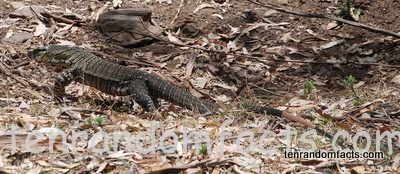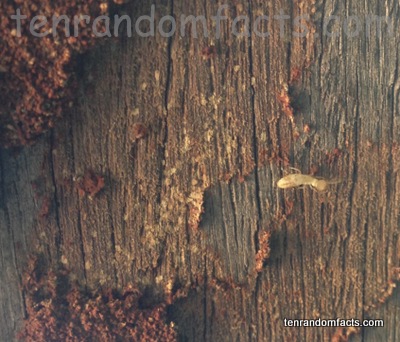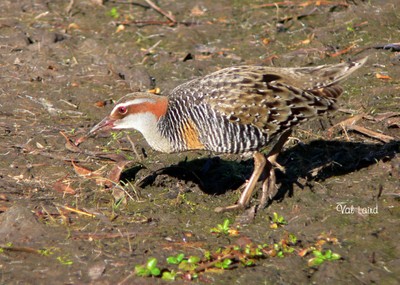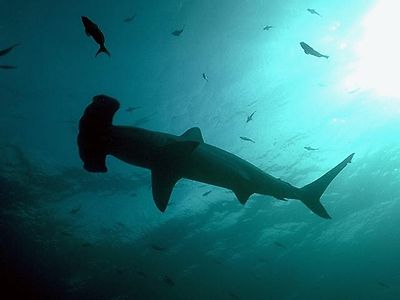
Go Anna!!
- There are 30 known species of goanna, 25 which are found in Australia.
- Goannas are Australian monitor lizards from the species group ‘Varanus’ which also includes some lizards from South East Asia.
- Goannas are carnivores, and generally have large, sharp teeth and claws, and range from 20 cm (7.9 inches) to over 2 metres (65 feet, 7 inchs) in length.
- Although many lizards can regrow their broken tail or limbs, a goanna can’t.
- Goannas are generally good swimmers but generally don’t spend much time near water (with exceptions of water goannas).
- Goannas typically eat insects, small lizards, mammals, birds and eggs.
- Recent studies on monitor lizards suggest goannas are venomous.
- Goannas are generally shy and timid, and are generally afraid of humans. They have long been a source of food for indigenous Australians.
- Goannas usually lay 5-6 eggs in a nest.
- Goannas can rear up on their hind legs, run fast and are good tree climbers.



















